May I introduce you to a community of engagement?
I was a bright-eyed, bushy-tailed assistant professor attending my first scientific conference since transitioning to academia at a primarily undergraduate institution from clinical research. To say the transition was a challenge is an understatement.
While I had heard of the American Society for Biochemistry and Molecular Biology in grad school, my focus was on oncology societies at that time. I had no idea just how transformative this conference was going to be for me. Attending ASBMB in Washington, D.C. in the spring of 2011 was an amazing experience and the exact level of diverse inspiration I needed to embrace my transition. I felt welcomed and at home.
Between the hallway conversations, science talks and array of workshops that I had to choose from, I was almost overwhelmed by the myriad of ways I could elevate myself. Attending the education workshop was the springboard to crafting my identity as an educator who actively engages with my students both in and outside of the classroom. This workshop inspired who I am today and helped me forge relationships with mentors near and far.
The interactions with others at this session all helped in my transformation; some resulted in deeper subsequent collaborations, others merely inspired me to think creatively about my engagement with peers, students and the community. Everyone who shared their experiences at this session shaped a piece of who I am today: Tim Herman, Shannon Colton, Peter Kennelly and Ellis Bell ignited all that I have accomplished.
After a year of feeling isolated and lost, I had found my people and knew how to scaffold changes in my approach with teaching, I had a better idea of how to use my clinical experience to introduce research efforts that could be accomplished with little to no funding or equipment, and I had fantastic ideas for community engagement.
These seeds of thought led to my involvement with the National Science Foundation’s Connecting Researchers Students and Teachers, or CREST, project to engage undergraduates in science and later with BioMolViz, a group that promotes biomolecular visual literacy. The experience transformed my approach in the classroom and laboratory. I began using hands-on, applied learning, with elements drawn from process-oriented guided inquiry learning, problem-based learning and course-based undergraduate research experience — known as POGIL, PBL and CURE. I was inspired to apply for seed funding via the ASBMB’s Hands-on Opportunities to Promote Engagement in Science, or HOPES, program, to initiate amazing community engagement experiences for my students and community.
As a result of this meeting, not only did I have more fun in my new profession, but I also shaped better future scientists and clinicians. I only hope that I have since had a chance to inspire others as well.
MEETING CONNECTIONS
Have you made a friendship or connection, forged a collaboration, gleaned insight or had another meaningful experience at a scientific meeting?
To celebrate the return of the American Society of Biochemistry and Molecular Biology’s annual meeting as an in-person event, ASBMB Today held an essay contest based on this question. This entry won an honorable mention.
Enjoy reading ASBMB Today?
Become a member to receive the print edition four times a year and the digital edition monthly.
Learn moreGet the latest from ASBMB Today
Enter your email address, and we’ll send you a weekly email with recent articles, interviews and more.
Latest in Opinions
Opinions highlights or most popular articles
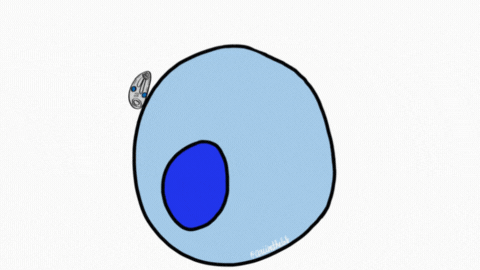
Sketching, scribbling and scicomm
Graduate student Ari Paiz describes how her love of science and art blend to make her an effective science communicator.
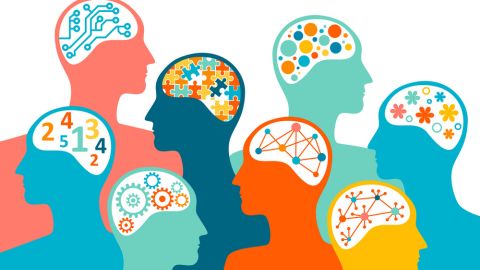
Embrace your neurodivergence and flourish in college
This guide offers practical advice on setting yourself up for success — learn how to leverage campus resources, work with professors and embrace your strengths.
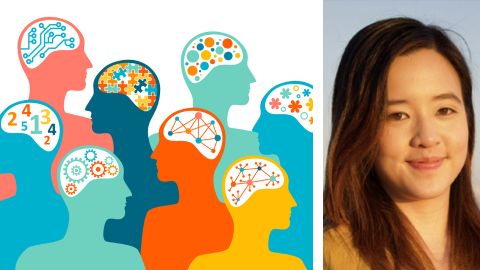
Survival tools for a neurodivergent brain in academia
Working in academia is hard, and being neurodivergent makes it harder. Here are a few tools that may help, from a Ph.D. student with ADHD.
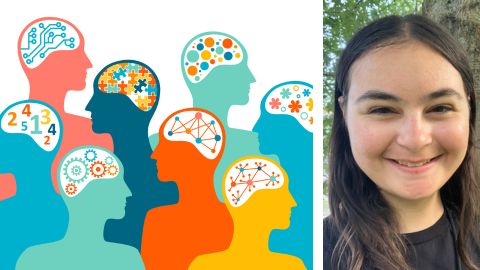
Hidden strengths of an autistic scientist
Navigating the world of scientific research as an autistic scientist comes with unique challenges —microaggressions, communication hurdles and the constant pressure to conform to social norms, postbaccalaureate student Taylor Stolberg writes.
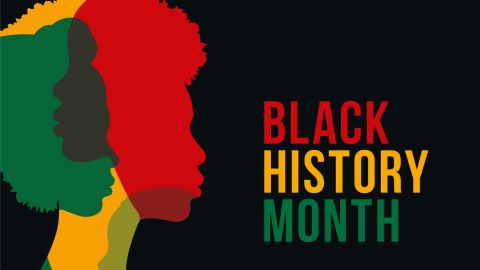
Black excellence in biotech: Shaping the future of an industry
This Black History Month, we highlight the impact of DEI initiatives, trailblazing scientists and industry leaders working to create a more inclusive and scientific community. Discover how you can be part of the movement.
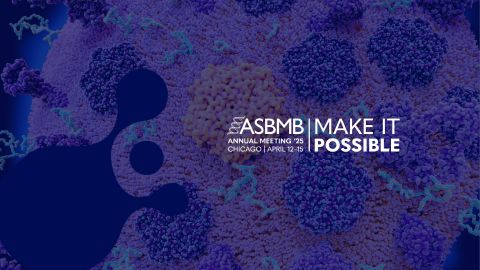
Attend ASBMB’s career and education fair
Attending the ASBMB career and education fair is a great way to explore new opportunities, make valuable connections and gain insights into potential career paths.

